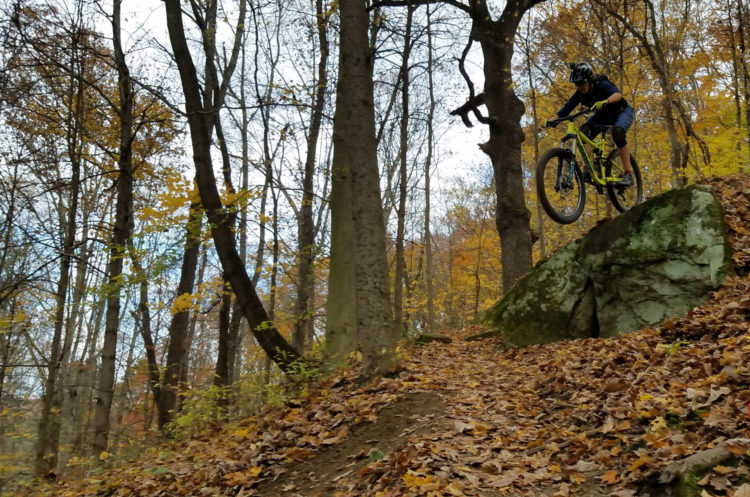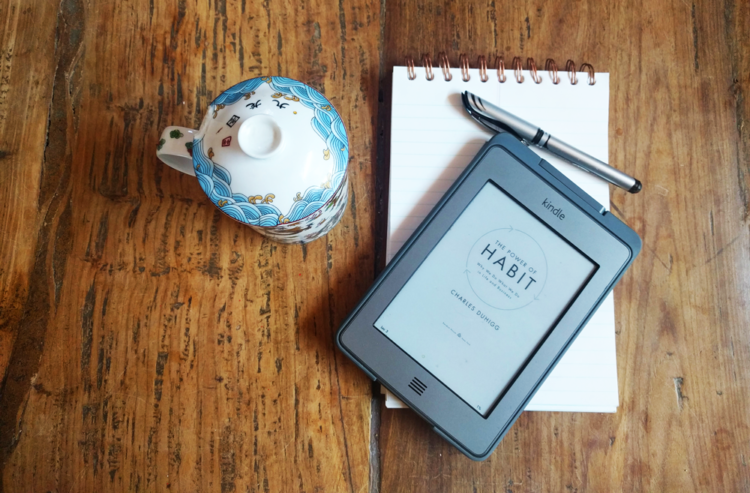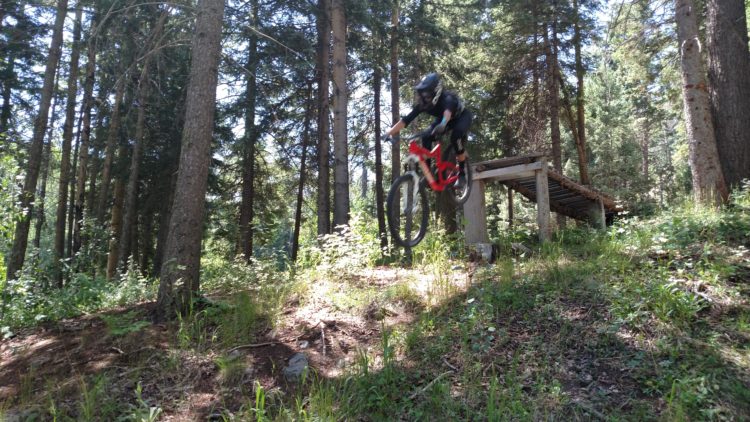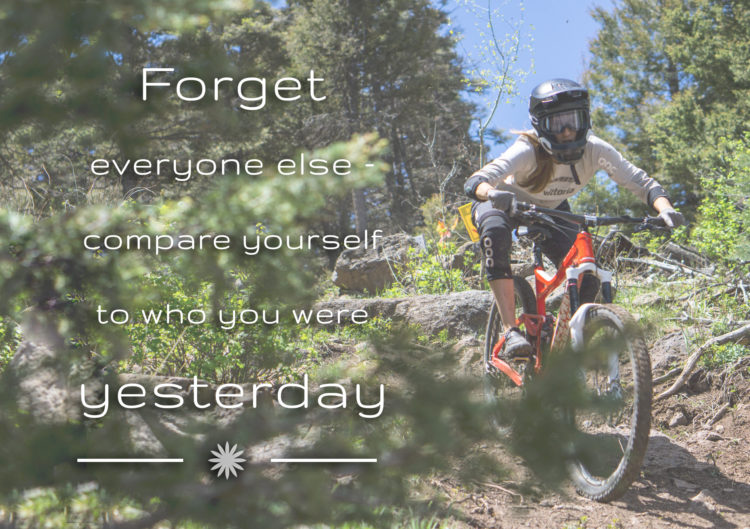Macky’s family is a big fan of the “six ways to peel a banana” game. Meaning, if you have a problem, you get together and brainstorm six courses of action. The six usually range from ludicrously impractical (hire a troupe of circus monkeys and have THEM peel the banana for you while you stand on your head and eat an ice cream sundae) to fatalistic (don’t bother peeling the banana, we’re all going to die anyway), but somewhere in the middle there is usually a solution that makes sense to everyone. And it’s a good reminder that you have a choice — you don’t have to peel the damn banana, anyway.
While I’m not a huge fan of this game for questions such as “what should we do today” (as everyone tends to bring their own six options and it devolves into “36 ways to make this more stressful than it needs to be” which is not nearly as useful), it is a great tool for big questions, or when you hit a crossroads in life, or when you’re sitting at the top of a nasty rock garden that you’re supposed to be racing tomorrow, going “wtf…”
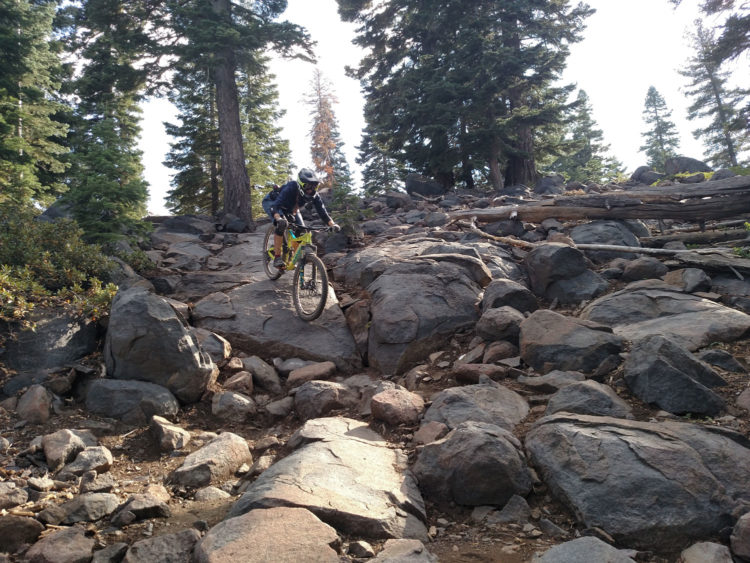
The truth is, no matter how bad things are, no matter how big of a rough patch you are going through, you almost always have some options. Sometimes all the options are bad except for one less-bad one, which can make it feel like not having any options, but the truth it that those options are always there. You always have a choice. And sometimes just acknowledging all the options, with no judgement, is empowering. It’s a reminder that YOU are in control and that YOU are making the choices and that YOU have agency. And feeling like you are making a conscious choice is better than feeling like you are being forced into a path, even if the outcomes are the same.
And more often than not, you will realize there IS a better option, and thinking of six ways to get through a situation will help you from automatically reverting to the easiest options, which for me are often “go around the thing” or “sit down on the side of the trail and throw a hissy fit.”
So, here’s my six ways to peel a banana, based off a rock feature I really didn’t like at a race earlier this year:
1. Don’t do the race.
This is one of those that I often dismiss right off the bat, but the truth is it IS an option. Nobody is forcing me to race at gun point. Yes I have sponsors, but they don’t follow me to the start gate with a cattle prod and they wouldn’t cut my contracts for not doing one race. And even if they would, it would still be an option.
2. Commit to going around the section and practice the go-around to try to minimize the time lost.
Go-arounds are, like, the definition of having options. If there isn’t a go around, this option would be “commit to walking/running the section, and practice that.”
3. Go around the section now, but attempt it in the race.
Certainly an option, pppppprobably not a very good one but the point of this exercise is to be non-judgemental.
4. Throw a wobbler at the top of the section, chuck bike into bushes, scream and yell.
A surprisingly common choice among pro athletes.
5. Attempt the section, but do so half-assedly.
Thus insuring that you make it look extra difficult and get a boost of sympathy from your s/o. Added bonus of proving him/her wrong when they said “I’m sure you can do it.”
6. Get out of your head, take a few deep breaths and make a damn effort.
If it doesn’t work out, eat a snack and try again. If it still doesn’t work out, review options 1-5.
The reality is that when I spend the time to think through the options, when I consider what would be the most helpful and what makes the most sense, I almost always choose Options 2 or 6. I’ve never thought “hey, I think the best course of action right now is to roll around on the ground and scream at my bike.” The trouble comes when I feel trapped, when I feel like I “have to ride this thing,” when I feel like I don’t have any options at all.
So, the next time you’re standing at the top of a feature you don’t like, thinking “I either ride this or drop dead right now,” try peeling it six ways. I promise it helps.
(OH – and in case you wondering if there actually are six ways to peel a banana, according to this Youtube video, there are nine.)

